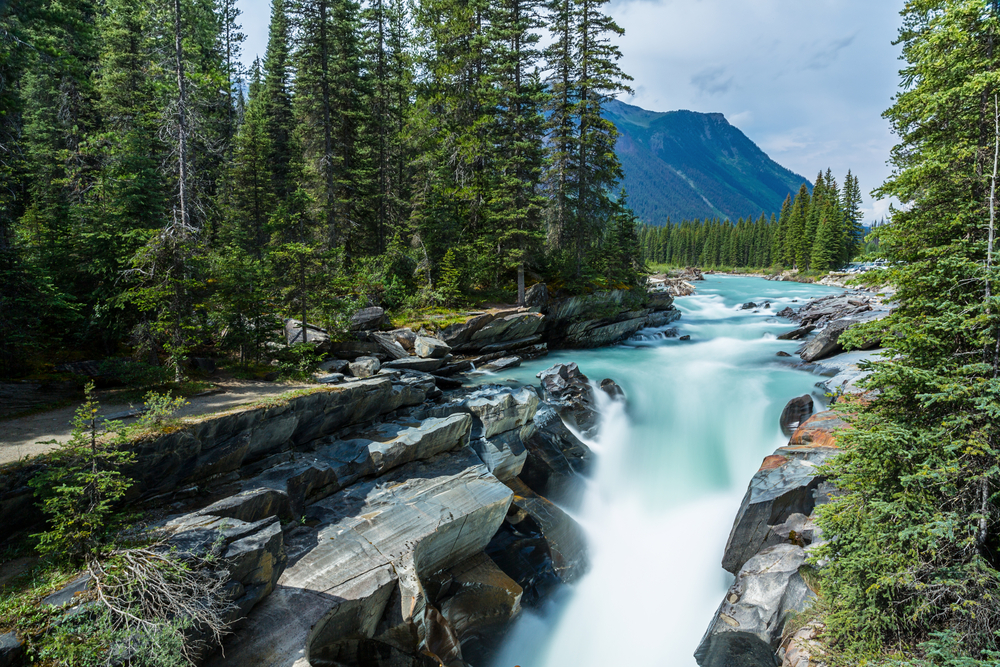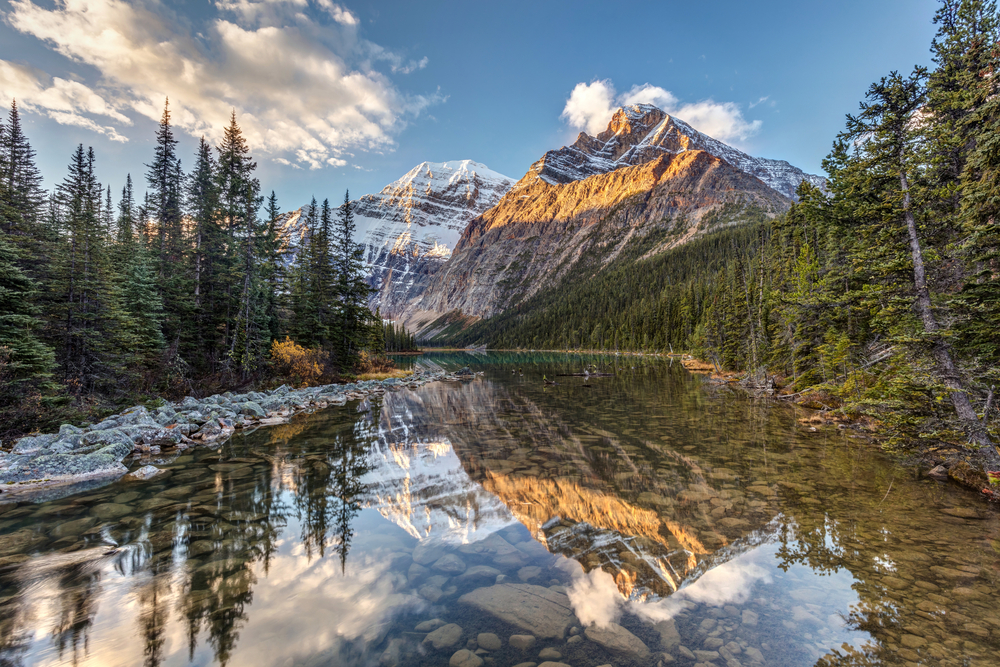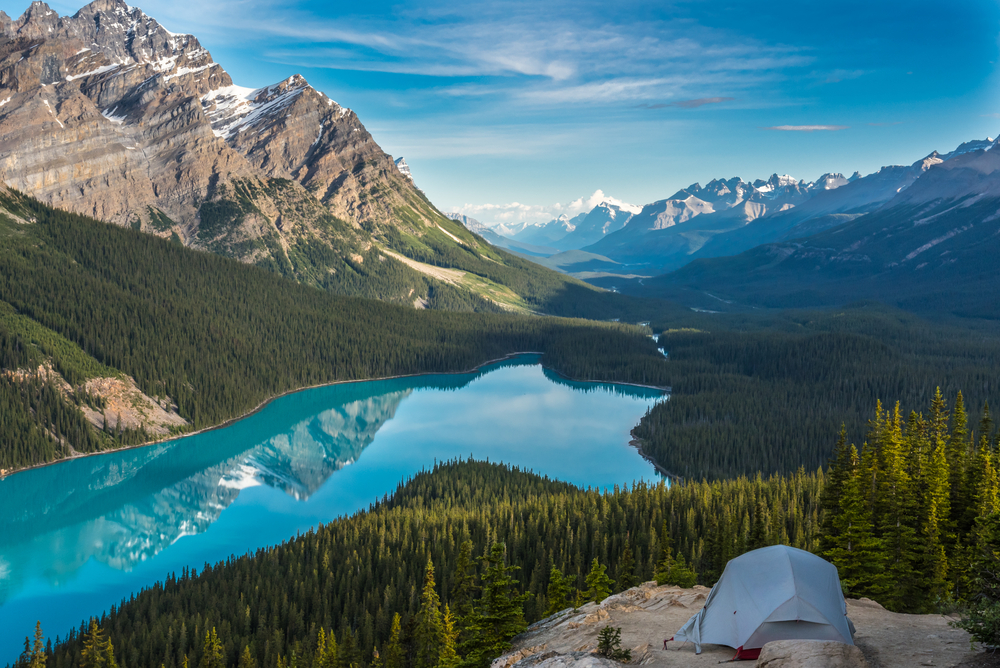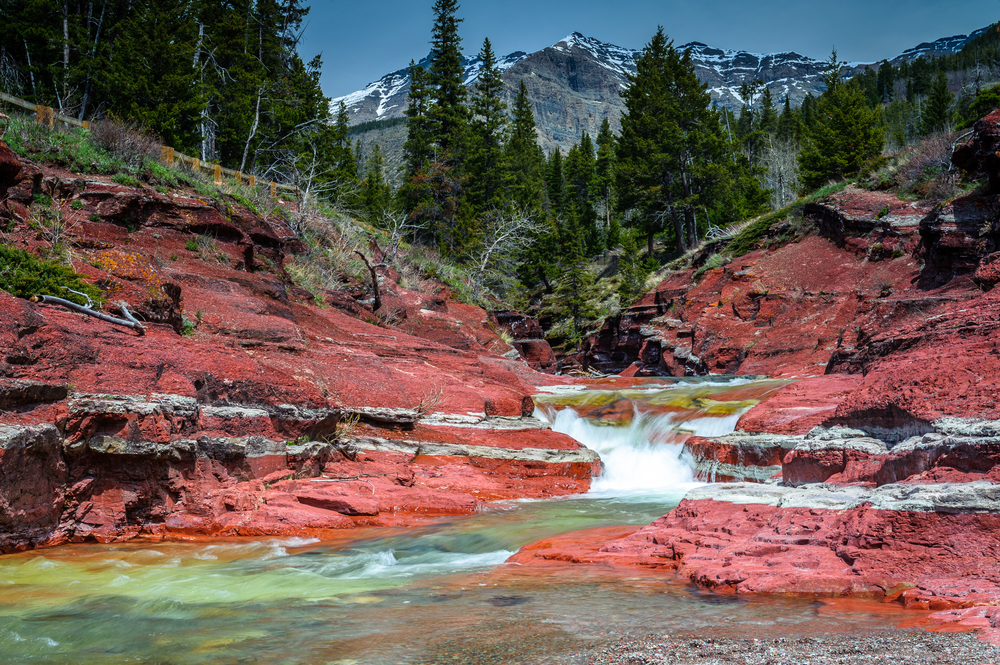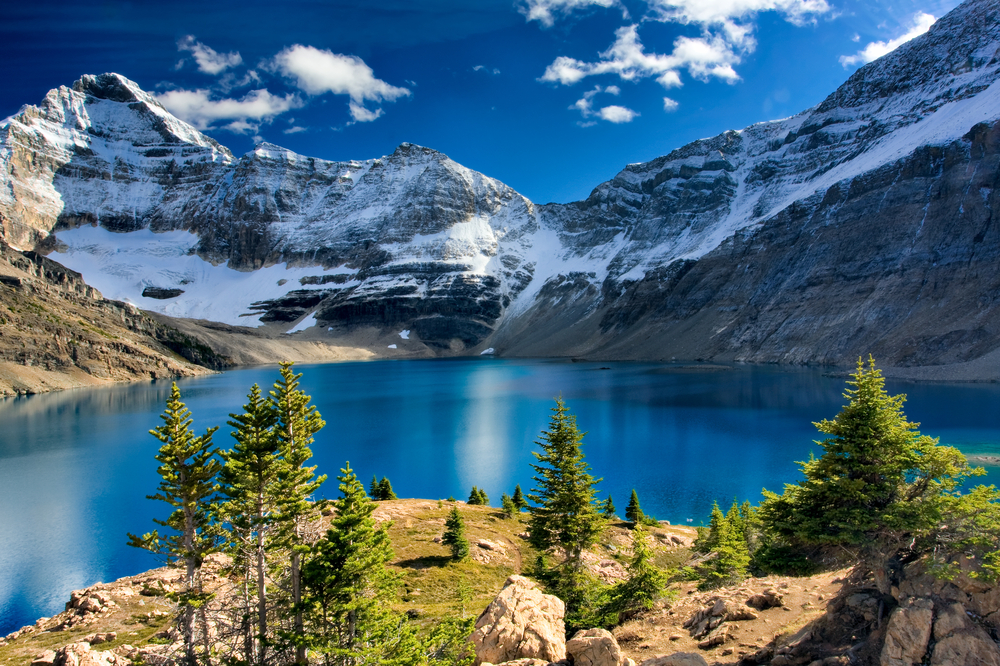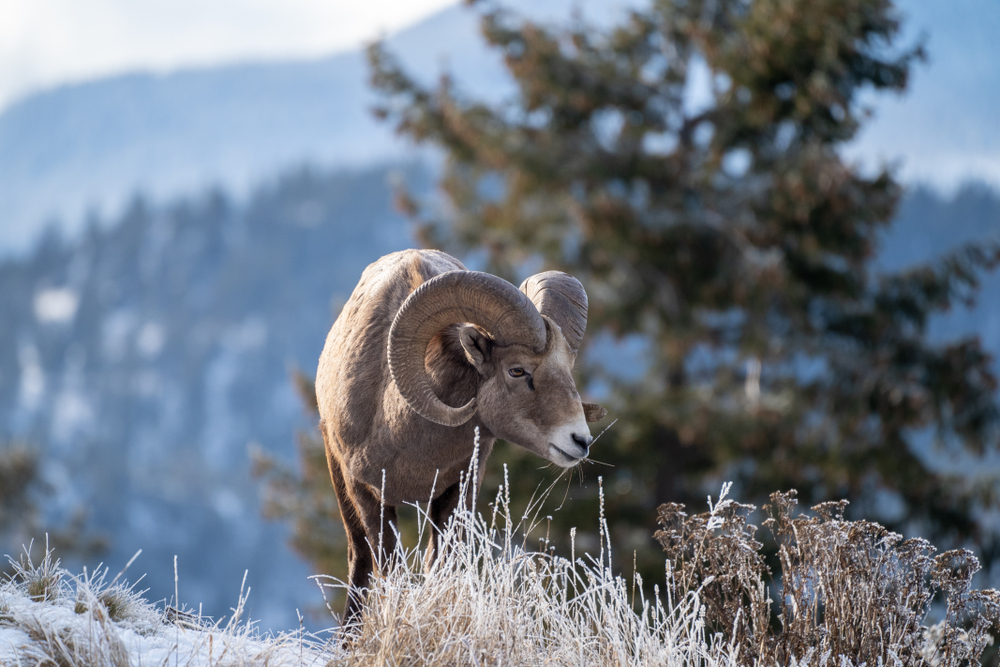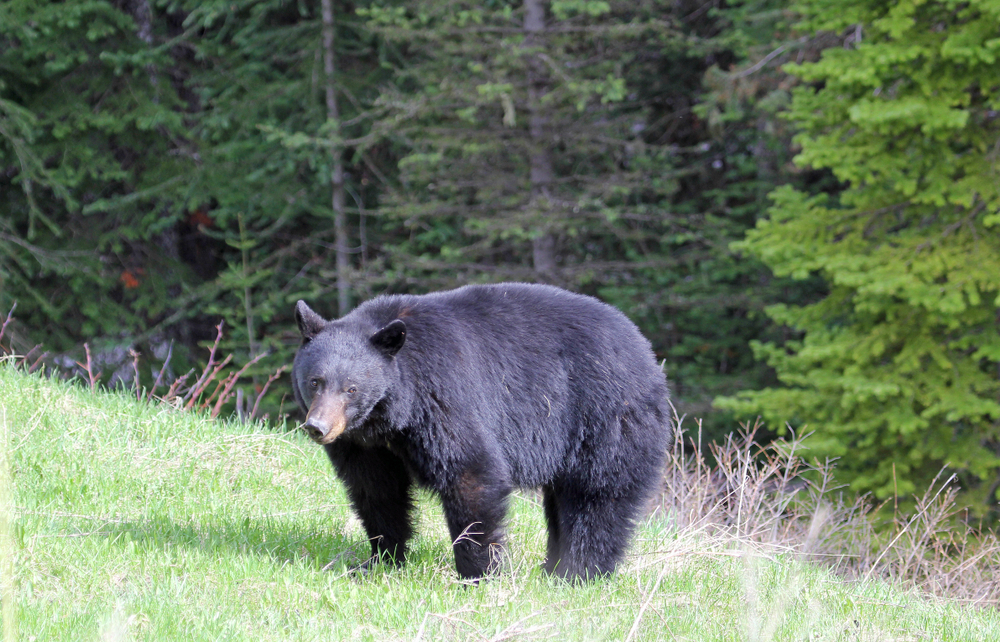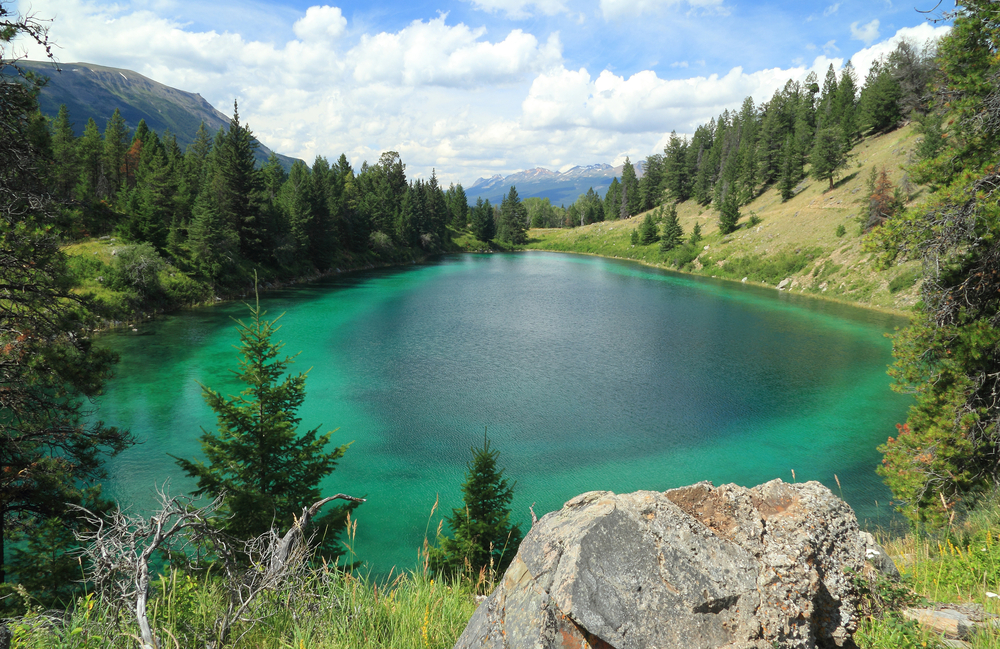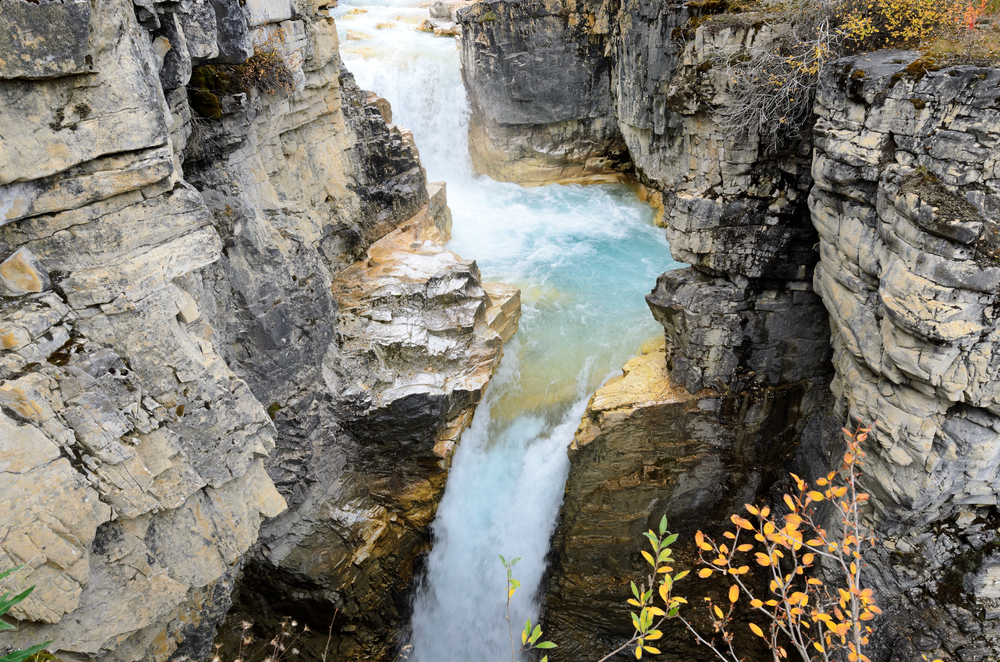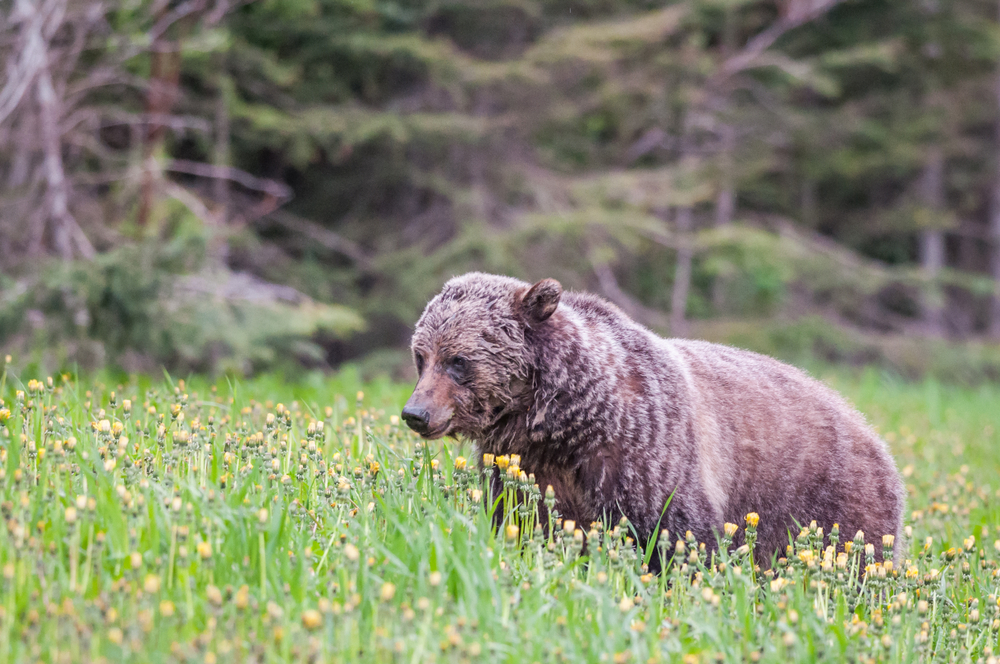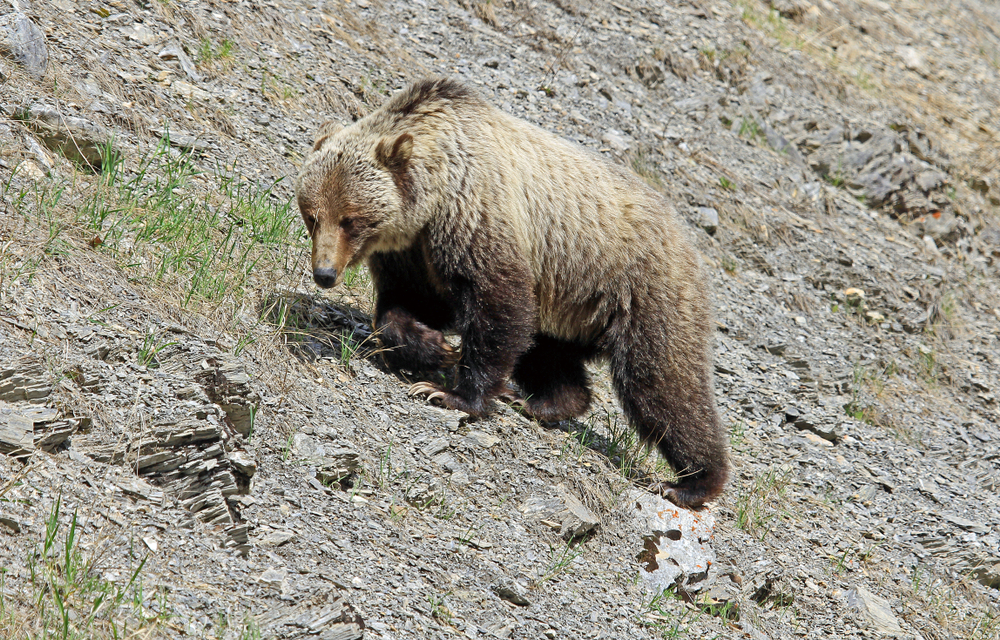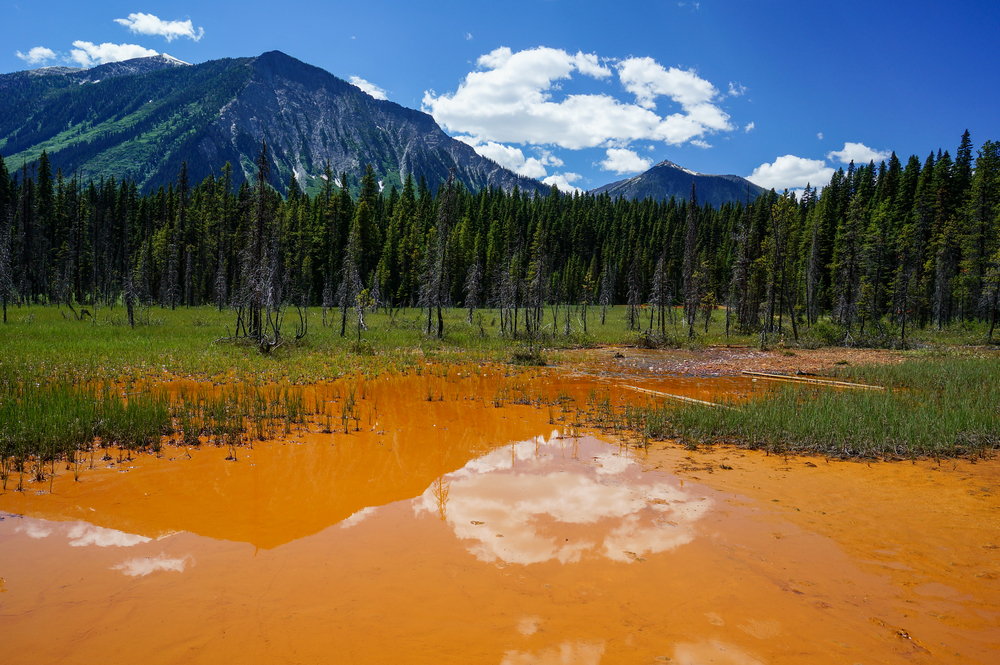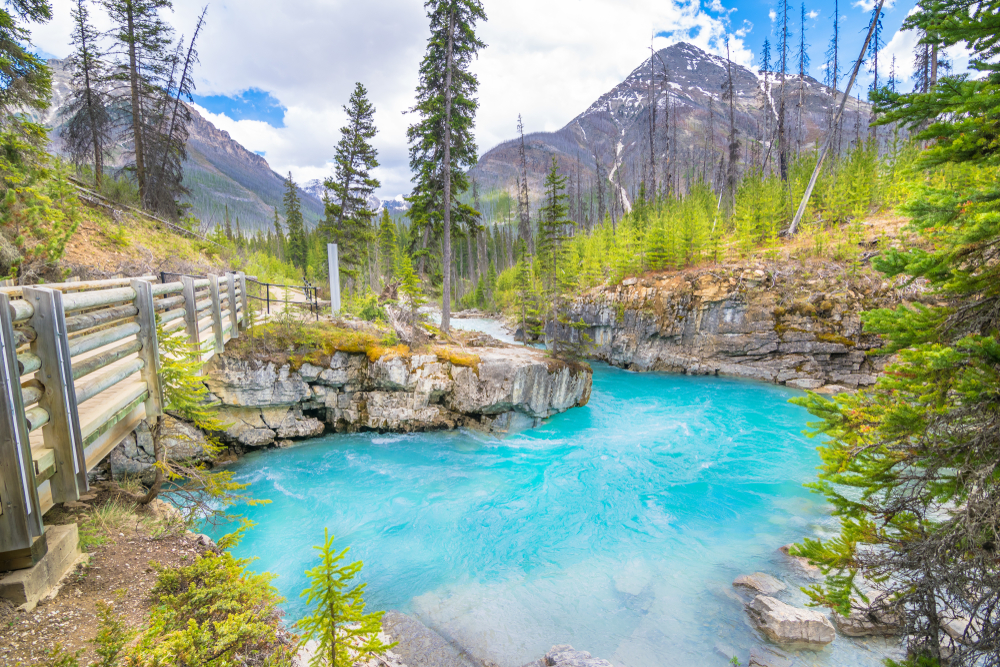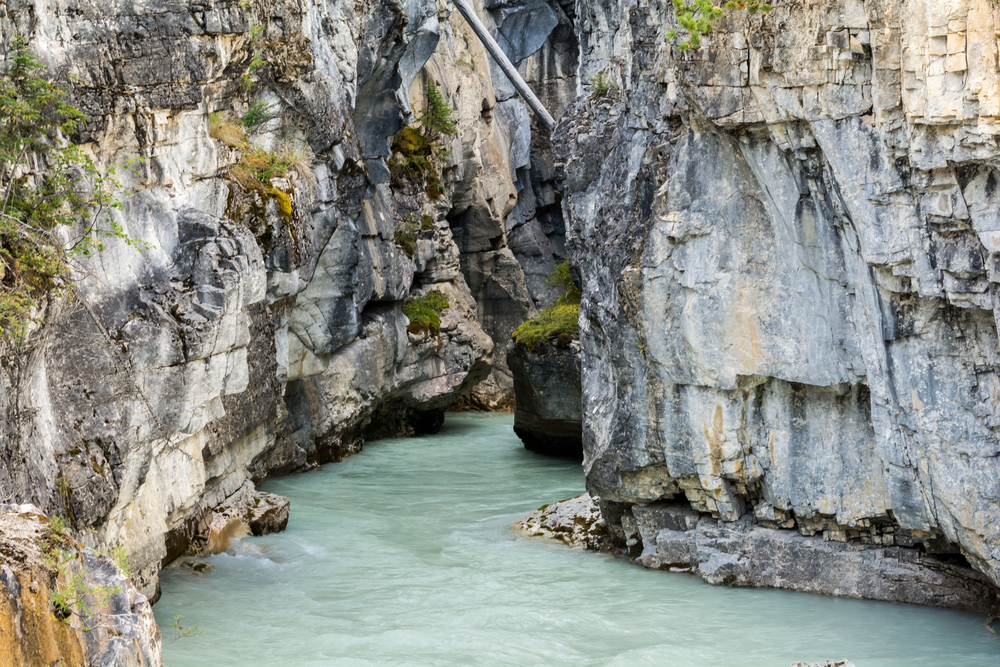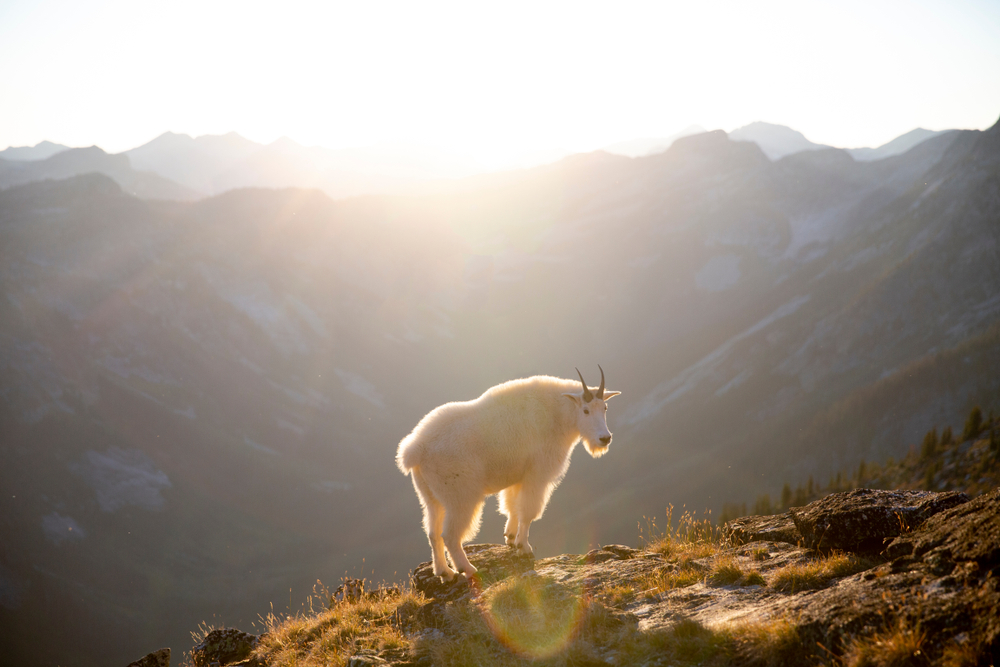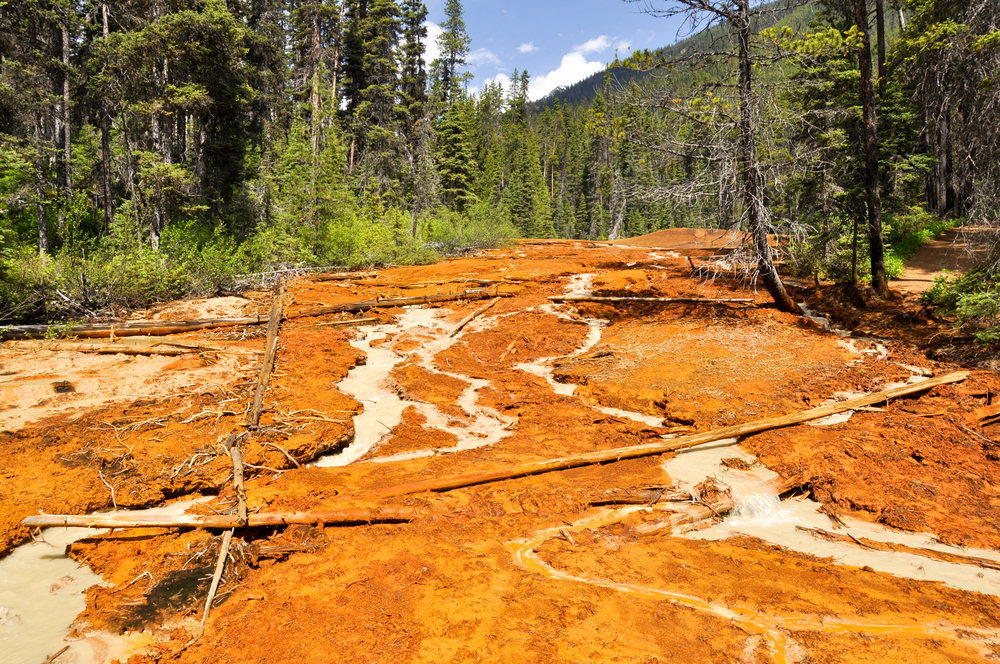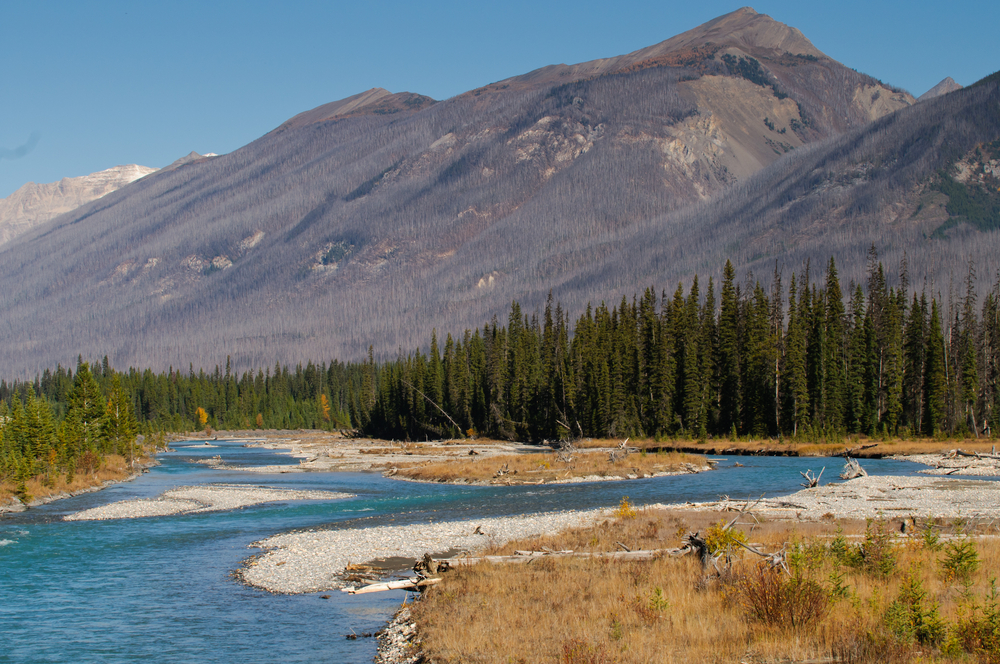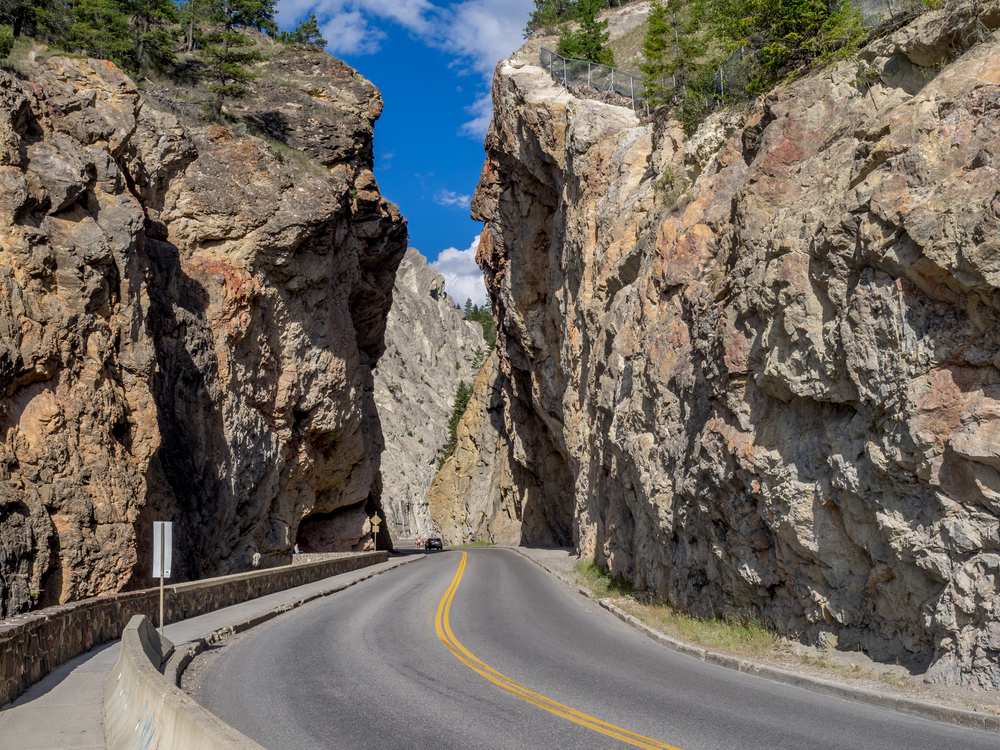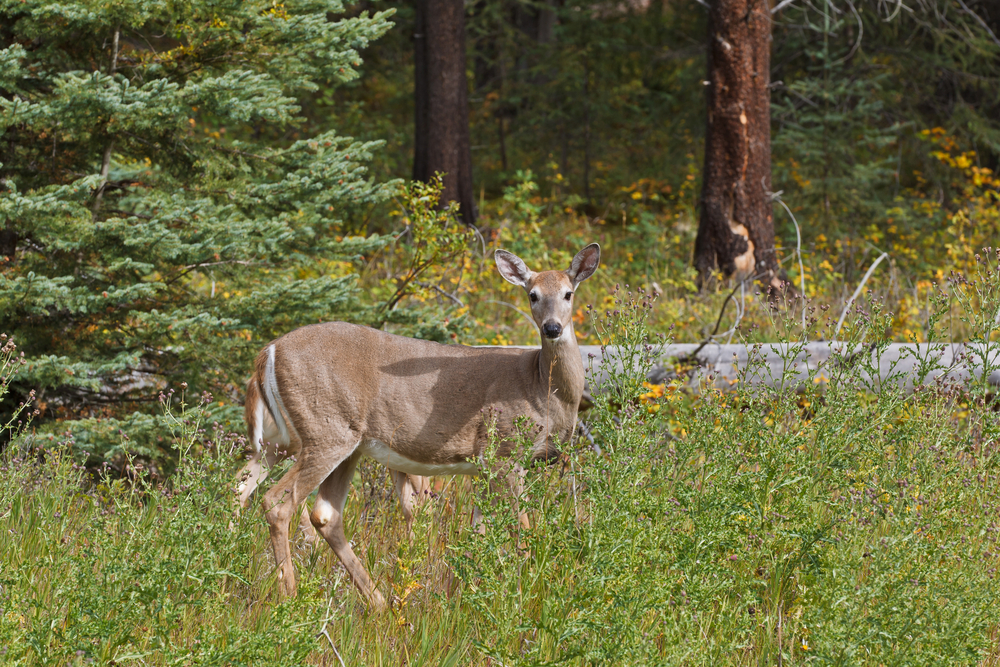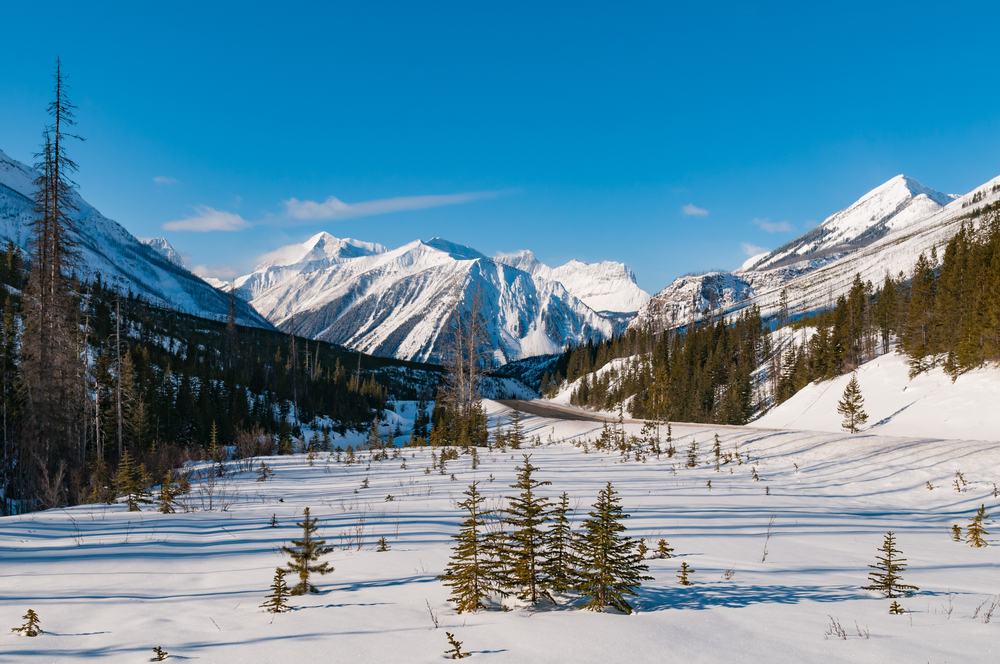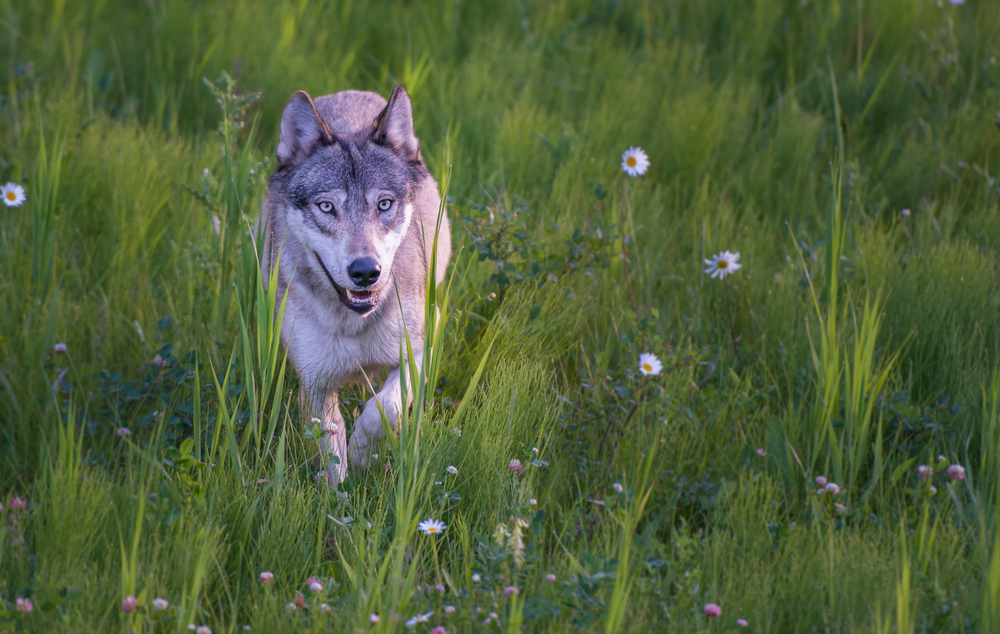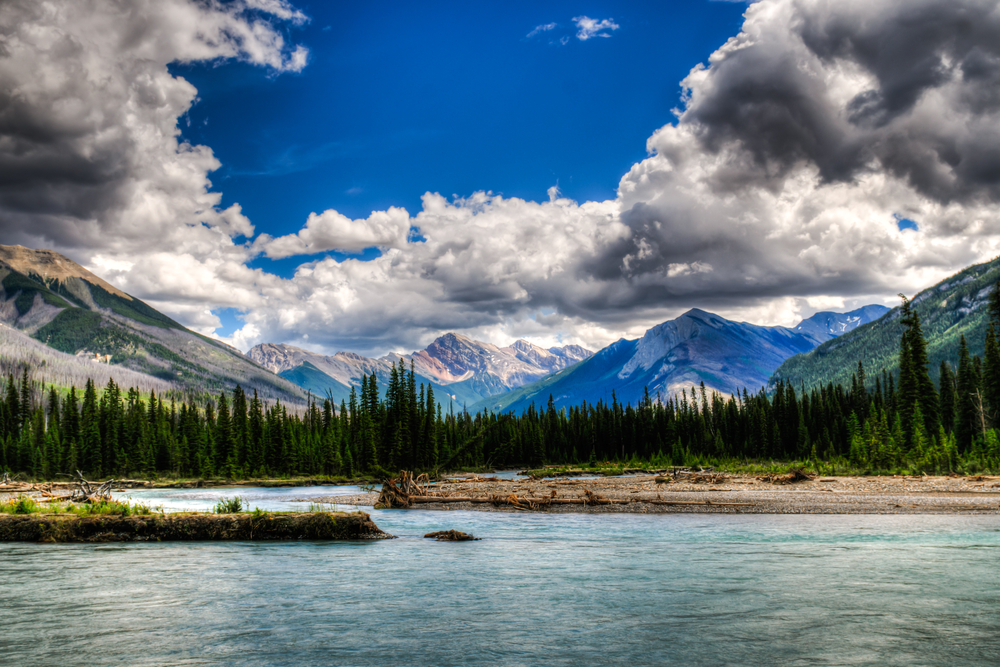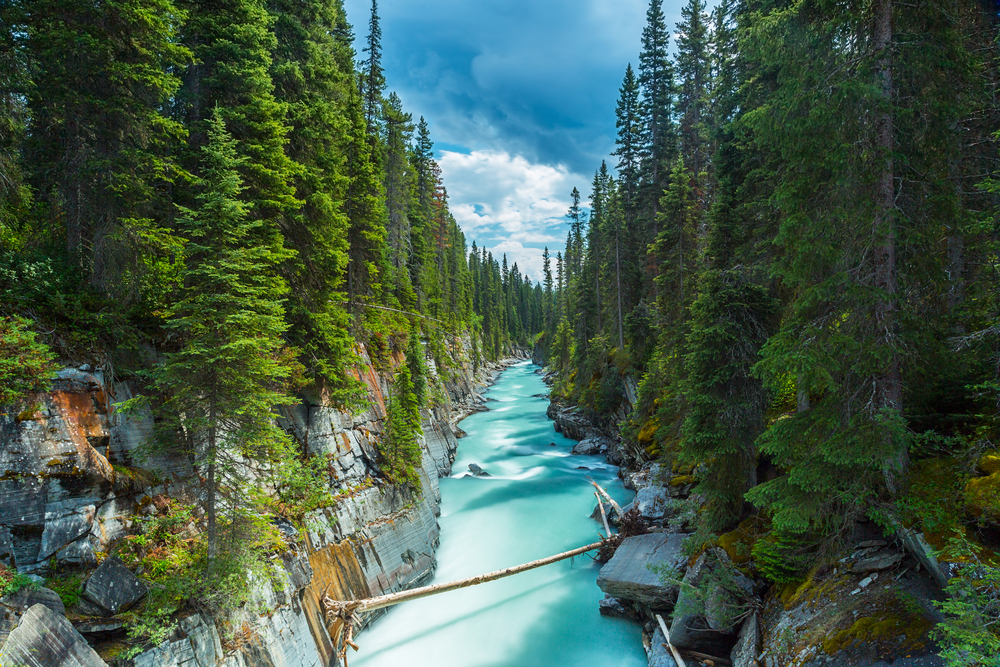Popular
Kootenay National Park, a jewel in the Canadian Rockies, not only boasts dramatic landscapes but also shelters a variety of wildlife, each species playing a crucial role in the park’s vibrant ecosystem and offering visitors a chance to marvel at nature’s interconnectedness and diversity.
Elk A common sight in the park, Elk are admired for their majestic antlers and are often seen grazing in meadows or crossing rivers in groups.
Bighorn Sheep Renowned for their impressive curved horns, Bighorn Sheep navigate the park’s rocky terrain with ease, a testament to their adaptability and resilience.
Mountain Goat Iconic residents of the high crags, Mountain Goats are easily recognized by their white coats and sure-footedness, epitomizing the rugged beauty of Kootenay.
Hoary Marmot Often heard before seen, the whistle of the Hoary Marmot is a familiar sound in alpine areas, where they sun themselves on rocks.
Pika The small but hardy Pika is a vital part of the alpine ecosystem, collecting plants for winter in the rocky landscapes of Kootenay.
Columbia Ground Squirrel Columbia Ground Squirrels are a common and sociable presence, their burrows dotting the park’s grasslands, contributing to the soil’s health and aerating the earth.
White-tailed Deer Graceful White-tailed Deer move silently through the park’s forests and clearings, their distinctive tails flashing as they flee from perceived threats.
American Dipper Unique for its aquatic lifestyle, the American Dipper dives into the park’s cold streams, searching for insects and small fish beneath the surface.
Harlequin Duck Brightly colored Harlequin Ducks navigate the swift, clear waters of Kootenay’s rivers and streams, a vibrant splash of color in the natural landscape.
Common Loon The haunting call of the Common Loon over the park’s lakes and ponds is an iconic sound of the Canadian wilderness, especially at dusk.
Kootenay National Park’s diverse wildlife, from the grazing Elk to the diving Common Loon, highlights the ecological richness of this spectacular Canadian park, inviting visitors to explore and appreciate the wonders of the natural world.








































































